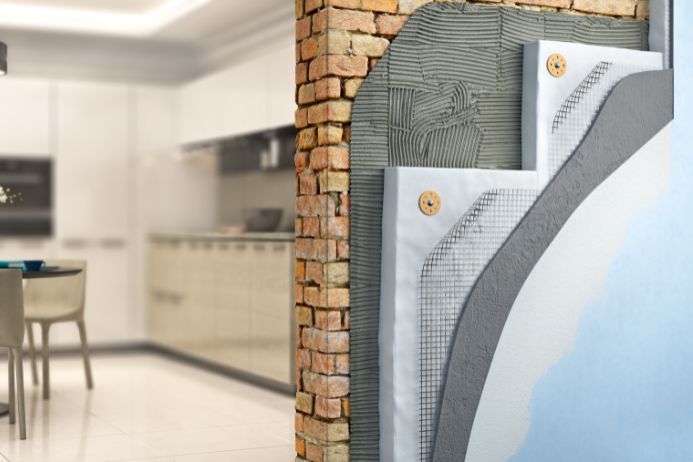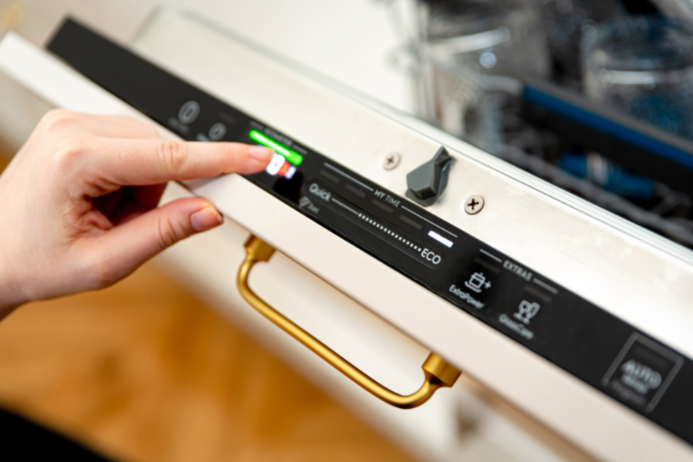The topic of sustainability at home and across the globe is becoming an increasingly constant and vital conversation in our lives. As a population, we could be doing many things to develop more eco-friendly homes, and we could all at least consider ways to be more eco-friendly at home.
Here at The Rooflight Centre, we have compiled a list of things we could do to encourage sustainability at home.
Increase thermal insulation
Increasing thermal insulation is one of the best ways to be eco-friendly at home. Studies show that the average kWh used per day in a household in the UK is between 8.5-10kWh. Most of this energy is used for heating, as evidenced by studies that state almost half of the global energy consumption in 2021 was used for heating.
This astronomical amount of yearly global energy consumption can be curbed by building eco-friendly homes which rely less on heating from gas and electricity, but instead, employ insulating construction materials.
In 2002, a set of building regulations was implemented which states every renovated or new-built home should be constructed using insulating materials, including windows with double glazing, thicker loft insulation, and wall cavities with a U-Value of 0.55 W/m²K.
U-Value is a unit of measurement used to determine the thermal efficiency of a structure by assessing the insulating properties of different materials. Different materials have varying levels of acceptability, so although the standard wall cavity should have a U-Value within the region of 0.55W/m²K, a rooflight may only be expected to reach 2W/m²K.
Here at The Rooflight Centre, we use innovative technology to manufacture our rooflights. So they have a U-Value as low as 1W/m²K for double-glazing and 0.60W/m²K for triple glazing. When it comes to U-Value, the lower the number, the better the efficiency. Thus, our rooflights can help contribute to the global mission for sustainability at home and can help to develop more eco-friendly homes.

Buy second-hand
One of the best ways to be more eco-friendly at home is to purchase second-hand goods rather than buying brand new. The processes that take place during the time it takes for your goods to be manufactured and delivered aren’t often considered. But there is much more that goes into it than one might think.
The transport industry was reported to be responsible for 24% of the UK’s total emissions in 2020, and with consumerism being as rife as it is in our contemporary society, it is safe to assume that the purpose of a portion of that transport is dedicated to deliveries of goods.
For this reason, purchasing larger imported appliances and furniture second-hand can contribute invaluably to sustainability at home.
Install a rainwater harvesting system
Aside from heating, eco-friendly homes are increasingly conscious of water consumption of both potable and non-potable water. Rainwater harvesting tanks are incredibly efficient at collecting and conserving rainwater that can be used as part of the main water supply in your home. For example, rainwater can be used for flushing toilets, heating, and taps across the home should you need it.
Rainwater not only saves the energy used to clean and distribute running water but is also free. So as well as increasing sustainability at home, rainwater harvesting systems can save you some money.
Upgrade your appliances

Preferably purchased second-hand or from ecologically conscious companies, your appliances can be great ways to be eco-friendly at home. For example, vacuum-assisted toilets are great for saving water because the mechanism of the toilet itself pulls the dirty water through the pipes and doesn’t rely on several gallons of water to help remove the dirty water on each flush.
Additionally, eco-friendly homes tend to use electric boilers as opposed to gas, as they can be powered by renewable energy sources which help not only to improve sustainability at home but also in large business settings.
Increase the number of natural light sources
Natural light is proven to have an invaluable number of benefits on your psychological state of being, sustainability at home, and the general ambience and aesthetics of your space. Firstly, natural sunlight encourages the production of serotonin in your brain and generally improves your mood. Homes with very little access to natural light can feel claustrophobic and unhelpful to your mental state. So increasing the number of natural light sources in your home can be beneficial to your mind.
On a more environmental level, eco-friendly homes tend to have lots of windows and rooflights to increase the amount of natural light to reduce the need for electricity and artificial lighting. Artificial lighting, especially from multiple sources, can lead to a lack of sustainability at home through excessive use of electricity.
Some of the best ways to be eco-friendly at home are by increasing the amount of natural lighting by installing bigger windows and rooflights. Rooflights allow direct ingress from sunlight by pointing to the sky, and can help to keep your room lit for longer periods than the average wall-mounted window would.
The amount of natural sunlight drawn in by rooflights can also create a beautiful ambience in your room, particularly in golden hour when the light is warm and tinted.
How does The Rooflight Centre encourage sustainability at home?
Here at The Rooflight Centre, we manufacture and supply a variety of contemporary rooflights to help create more eco-friendly homes that look amazing. Whether you’re searching for Korniche Roof Lanterns, walk-on rooflights, or even bespoke rooflights, we are sure to have what you need. Our rooflights can be installed in any room in your home because we don’t believe that you should have to choose when you can be eco-friendly.
If you’re interested in any of our products or you’d like to inquire about our bespoke rooflights, please don’t hesitate to contact us now! Be a part of a more sustainable future by considering ways to be more eco-friendly at home.

